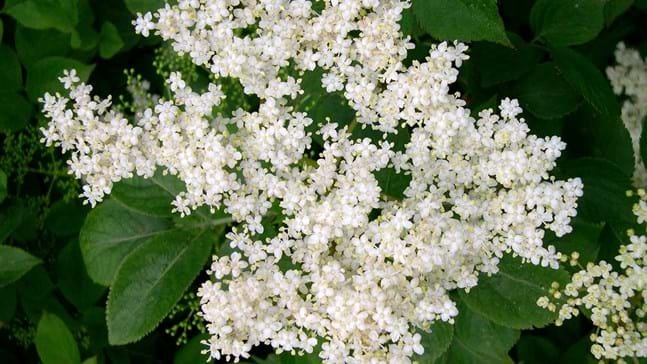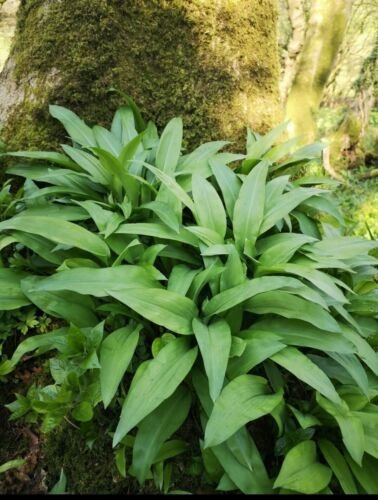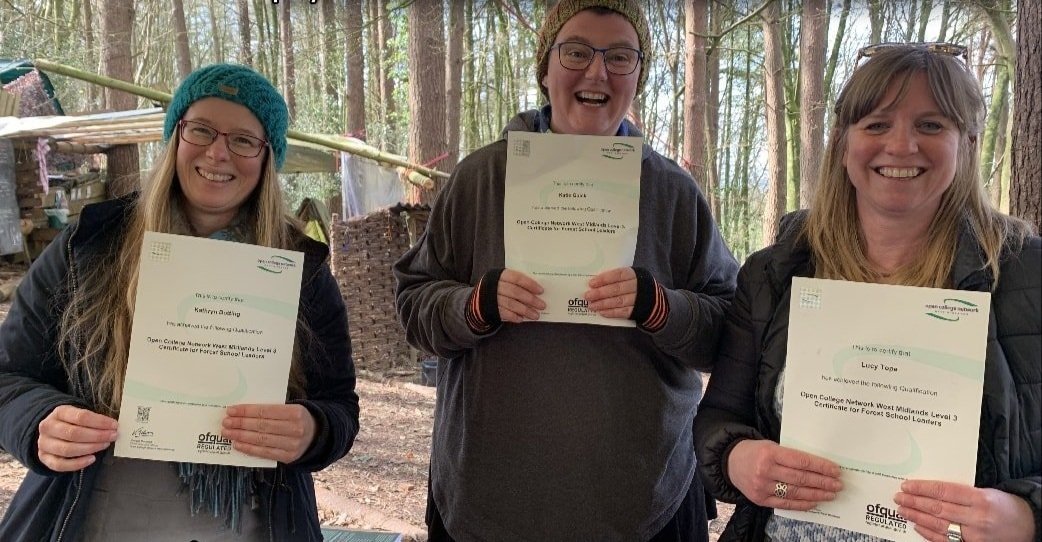Most of us may have tried elderflower cordial, but have you ever cooked elderflower blossoms? This simple recipe will show you how. If you would like to connect with nature further and find out more about our flora and fauna, you may be interested in our Forest School Leader training - see here for more info.
Elderflower Fritters Recipe
1. Gather your elderflowers
Firstly be sure to identify elderflowers - elder is a shrub or tree rather than a plant, which will avoid collecting nasty lookalikes. The sweet scent will also help you to identify them. More ID tips here. Gathering the blossoms on a sunny day will give you the best flavour
2. Prepare the blossoms
We don’t wash elderflower, as this would wash away all the pollen that gives flavour. Instead, you can lay them down on a clean surface for a while, for any tiny bugs to leave.
3. Prepare your batter
We use self raising flour (gluten free self raising also works well), soy milk, and a little sugar and salt. Mix together to the consistency of thin cream.
4. Cook
Heat oil in a frying pan. Holding each spray of elderflower blossom by its stem, gently dip it into the batter then head down into the hot oil and cook a couple of minutes until golden brown.
5. Drizzle with lemon juice and sugar if you like, and enjoy!






















